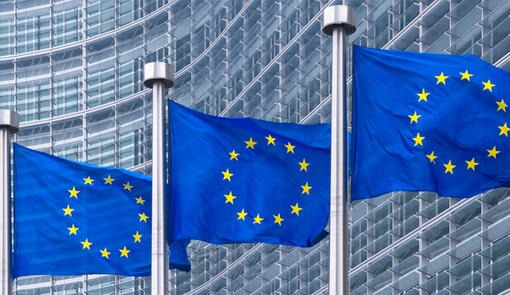The new EU tax rules came into effect on January 1st, bringing some crucial impact for art markets in European nations.
Titled “Directive 2022/542”, the new set of rules was first introduced in 2022 and member nations were given a deadline of 31st December 2024 to adopt them. The new rules seek to standardize the value-added tax (VAT) rules which are not only complex but also vary significantly across nations. Member nations have been slow to adopt the new rules, and it seems likely that the EU would not penalize countries that have not yet implemented them.
One of the key areas that these new taxation rules would significantly impact is the art sector. And some European countries stand to gain from it, but others risk losing. Perhaps the biggest winner would be the art market in France. Since the UK left the EU in Brexit, France accounts for more than half of all the art transactions in the union, as well as 6 – 9 percent of global art auctions. Earlier, France levied a 20 percent tax on the profits made from selling artworks. Now, the tax has been slashed to 5.5 percent – a big move to continue the French domination in the European art scene.
Also Read: The Artistic and Economic Legacy of Ancient Greek Coinage
Germany is in a similar boat. While it previously charged 19 percent tax on the sale of art, it has been slashed to 7 percent – its lowest since 2014. Germany accounted for 2.5 percent of global art sales in 2023. For Belgium, however, it is an entirely different story. The country has been thinking of replacing the 6 percent VAT on profits with a flat 21 percent VAT under the new rules. This would be a significant blow to the art market in the country.
This post was originally published on this site be sure to check out more of their content






